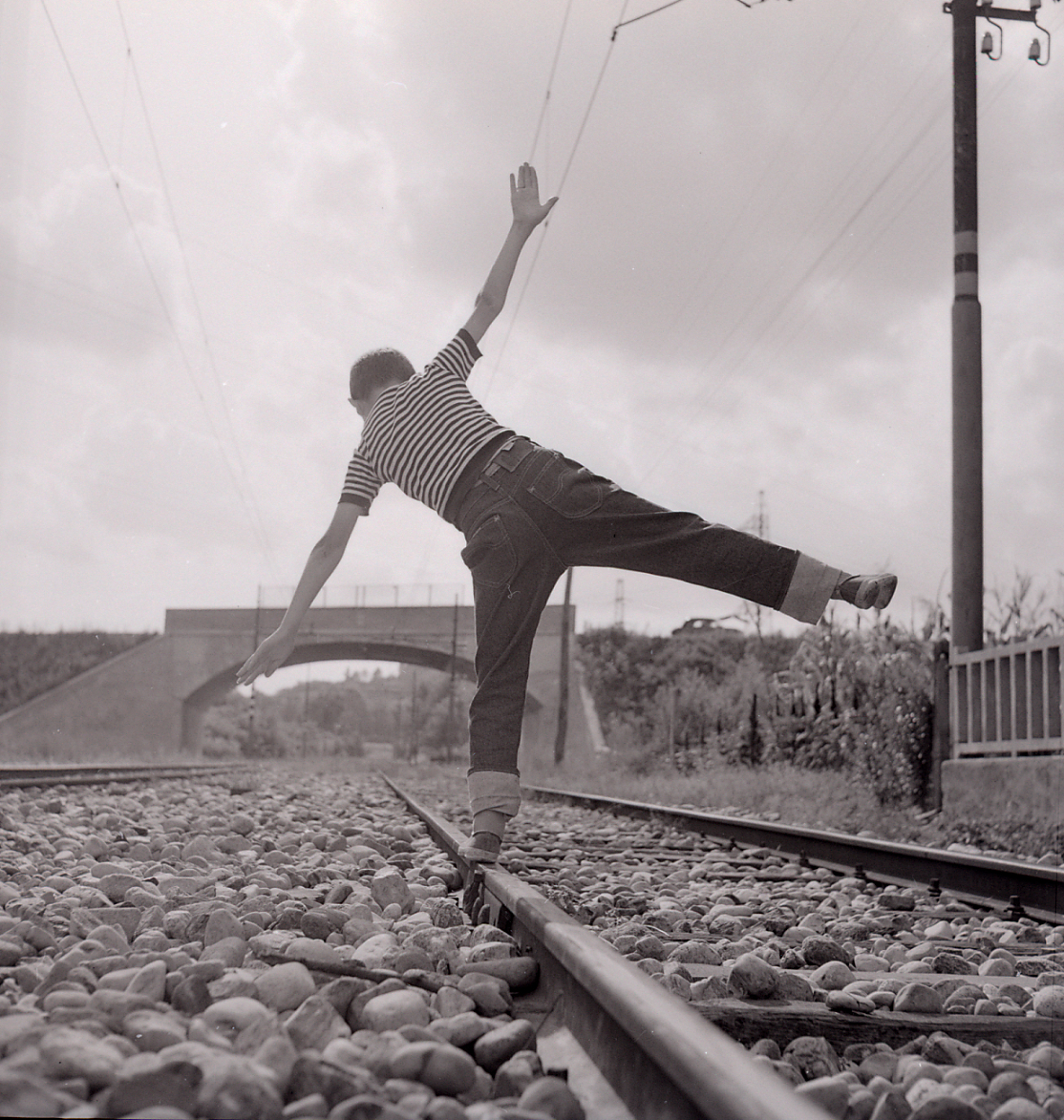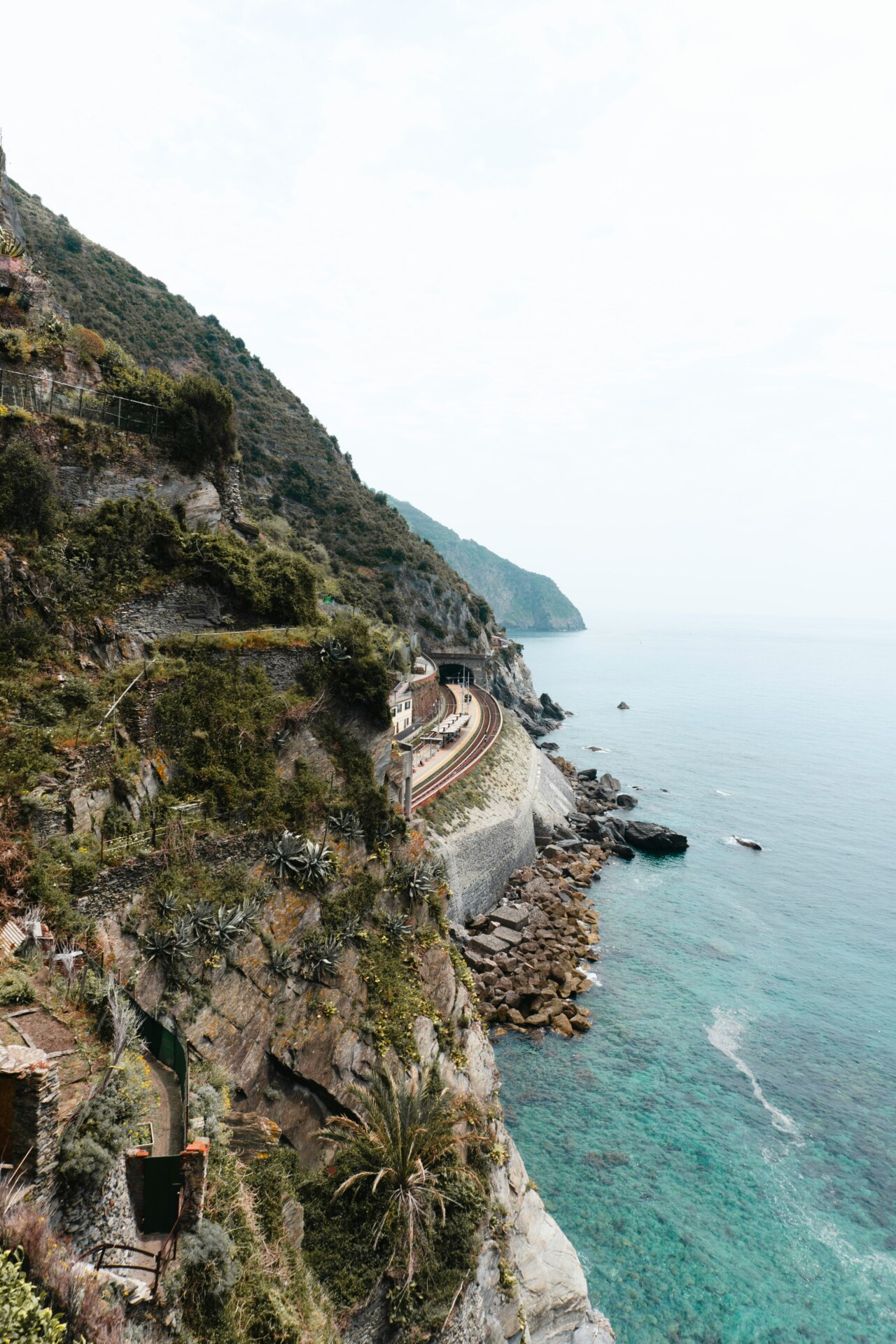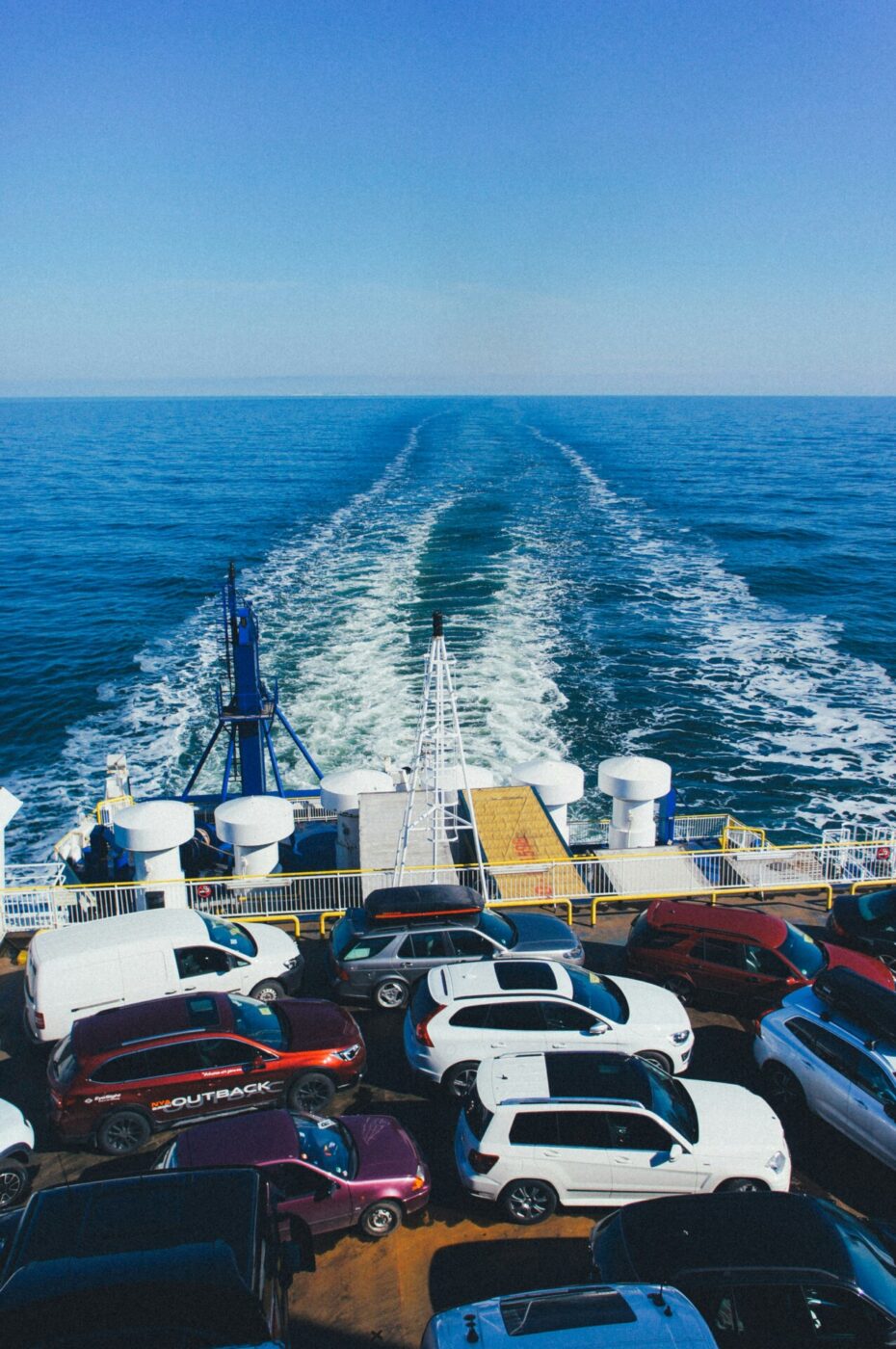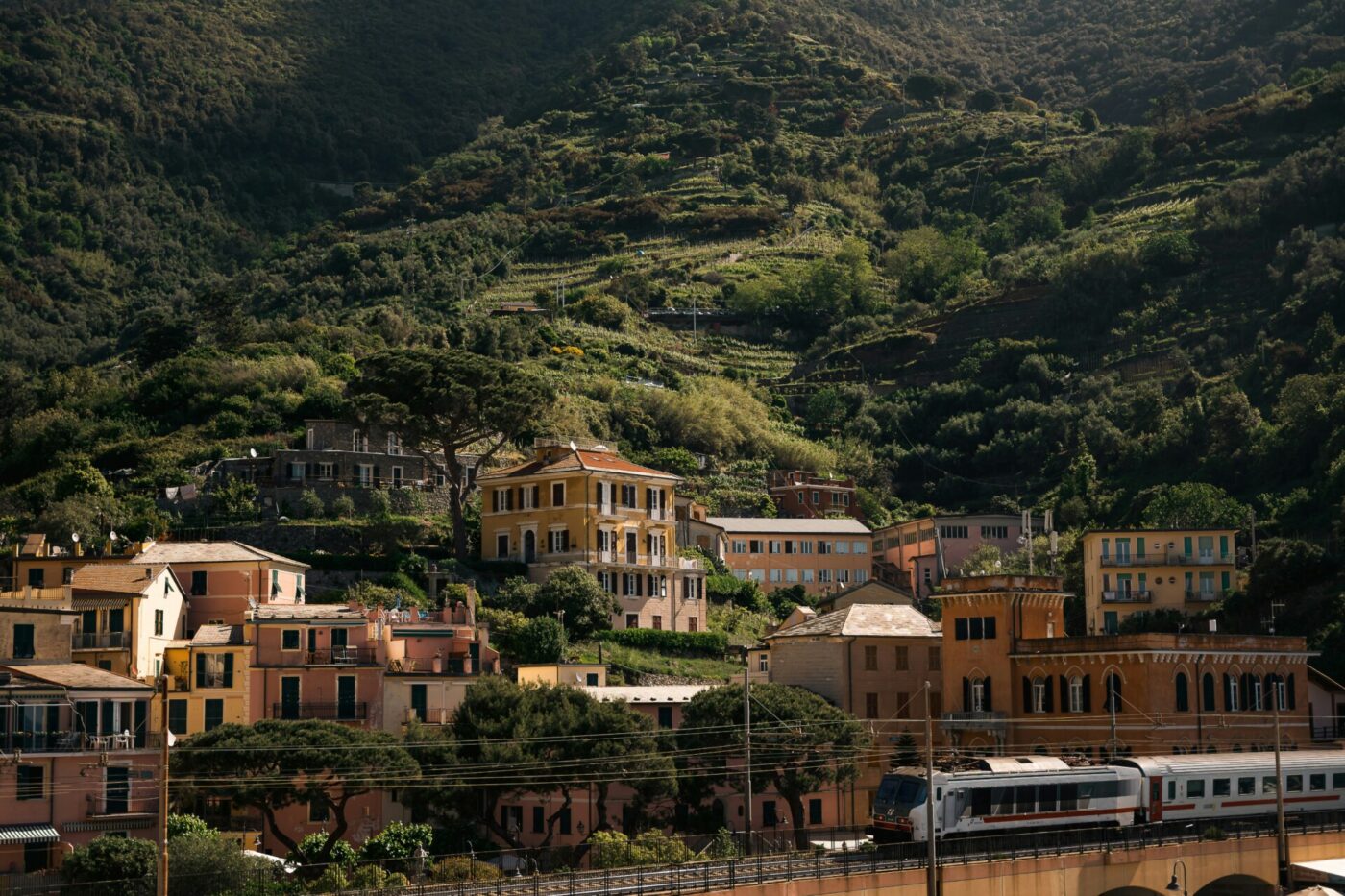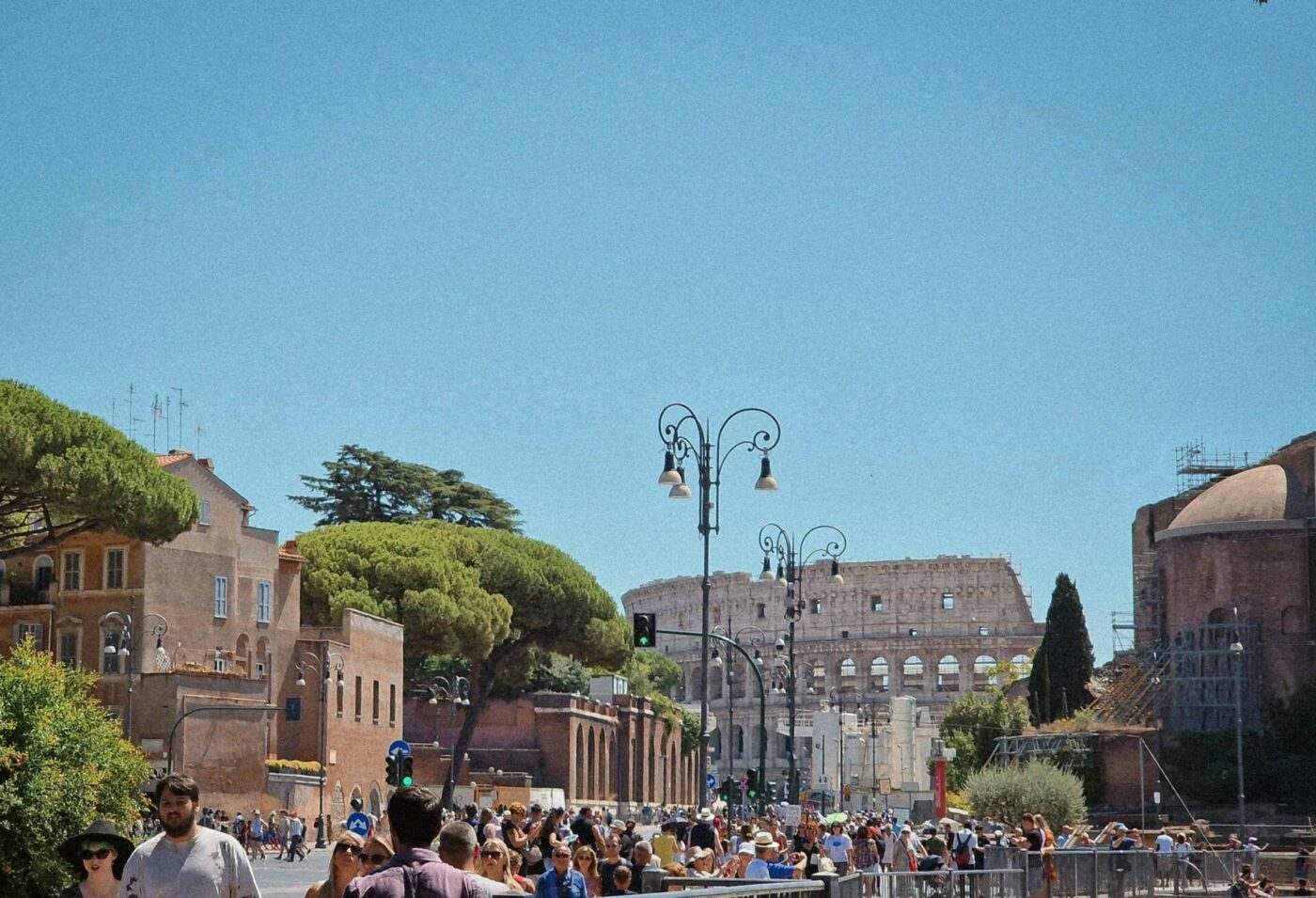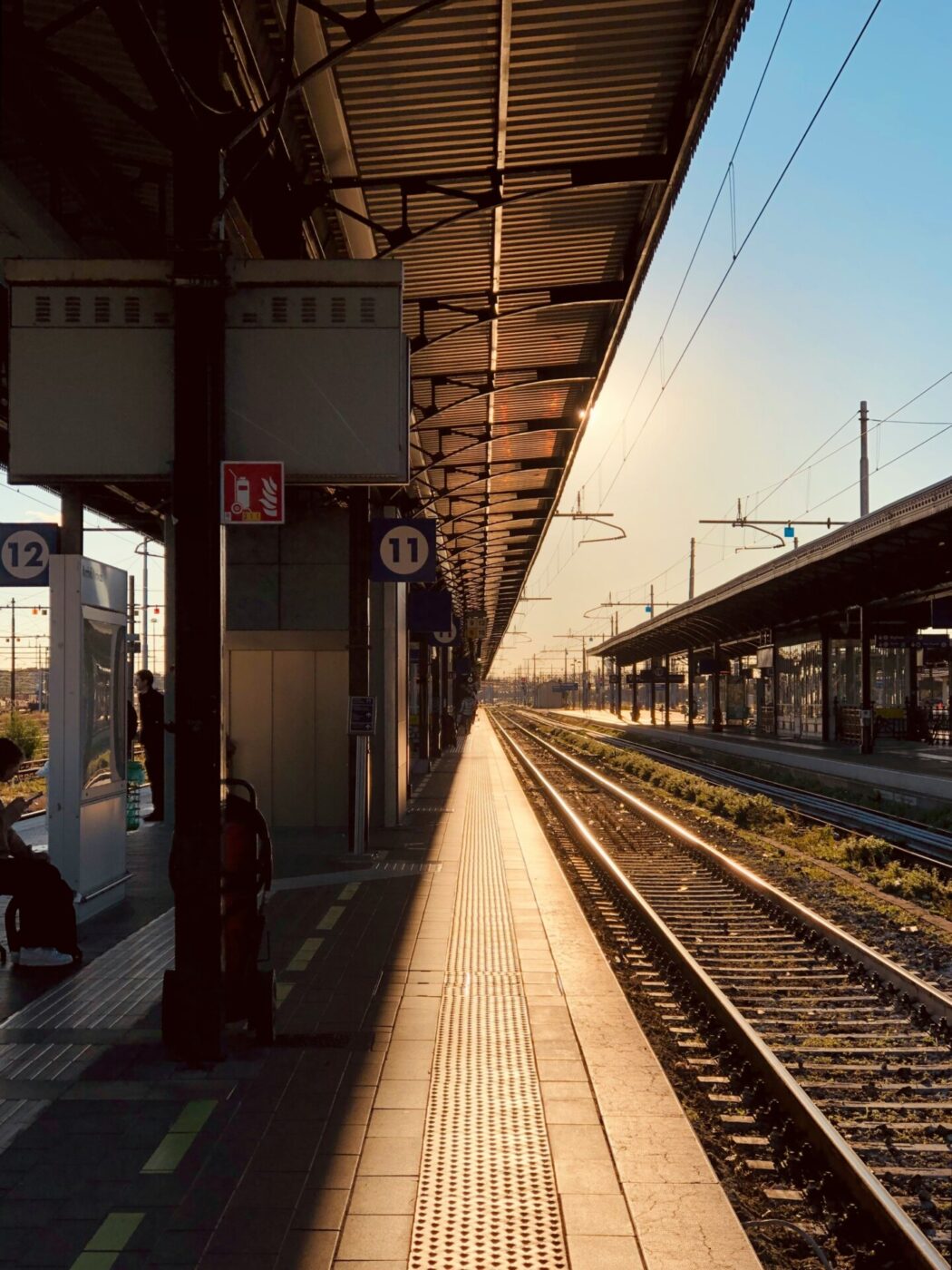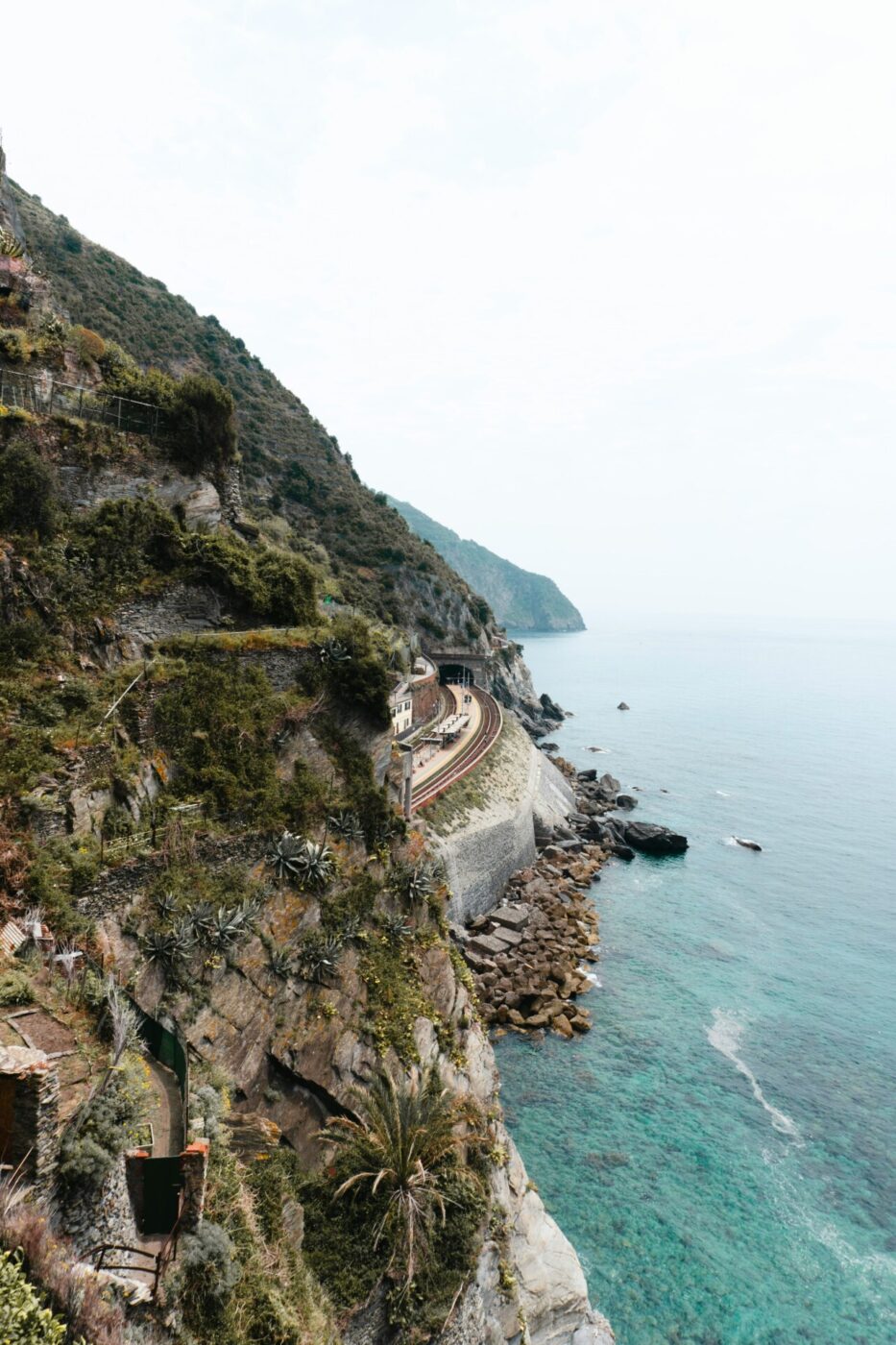The story of Italy’s infrastructure is one perhaps better lived than told. Anyone who’s tried to get from Rome to Basilicata by train, travel from Florence to one of Tuscany’s hilltop towns by public transit, or get to Sicily from mainland Italy any way other than airplane likely knows that accessible inter-city and intra-city travel is never a given.
There’s nothing more disconcerting than searching how to get from one destination to another in Google Maps only to see that your proposed route involves three buses, one metro ride, a treno regionale, and bits of walking thrown in. You may end up where you want to go, but it will almost certainly take the whole day to get there. Here, one must make the dreaded calculation: is it worth it?
When we talk about infrastructure, perhaps one of the most nebulous words in the English language, it’s important to understand that there are different types, generally slotted into hard infrastructure, like physical, tangible structures, and soft, often social institutions like schools or health systems run, ultimately, by people. But when we think of Italy and infrastructure, we likely think more than anything of the country’s transit infrastructure, because these are the very links that connect the series of 20 regions that were only officially unified in 1861.

Ferry from mainland to Sicily
The post-war history of Italy’s transit system
Much of the system that binds Italy’s regions and cities was set up following the end of World War II, when the country was facing a major rebuild after recovery from the Fascist regime and extensive bombing by Allied forces, particularly of Northern cities like Turin and Milan. After Italy surrendered to the Allies in 1943, the country became a battleground between the Germans and the Allied forces. Bombings were intended to yield short-term gains in battle and, therefore, were often focused on public infrastructure, according to a paper by Michela Giorcelli and Nicola Bianchi from Northwestern University’s Institute for Policy Research. In the wake of the physical and economic destruction the war had wrought, the country’s leaders were forced to cobble together an infrastructure system that would ideally withstand both the short and long-term.
In many ways, the years immediately following the war were a time of economic prosperity. Italy’s gross domestic product increased by an average of 5.9% annually between 1950 and 1963, per Encyclopedia Britannica. At the same time, the United States-sponsored Marshall Plan injected $12 billion into Italy—the third largest recipient—between 1948 and 1952 as part of the all-encompassing initiative geared toward European reconstruction. In fact, roughly 52% of these funds were used to reconstruct Italy’s road and railway systems, per Giorcelli and Bianchi. But this same economic boom was a catch-22—infrastructure systems were developed without perhaps much of an eye towards the long-term future.
“The country had to face huge challenges with rebuilding infrastructure and the economy—there was a sense of priority with the immediate results from the crisis and rapid long-term planning,” said Dr. Enrica Papa, a reader in transport planning at the University of Westminster. “I think this has been embedded in Italian culture until now, so it was really a recovery from what happened with a quick response and not necessarily designed for the long-term.”
By the 1970s, Italy had largely made up for its gaps in infrastructure caused by the war and rebuilt its highways and railways, said Pierluigi Coppola, a transport planning professor at Politecnico di Milano and the former chairman of the board of the Association for European Transport. But by the 1990s, another problem was coming into focus: that of sustainability and, later, the maintenance of existing infrastructure. Part of that can be blamed on Italy’s disjointed North-South divide, in which the North has remained more developed while the South has lagged behind.
“Starting from the 1980s but for the last 30 years, it is true that we have missed the opportunity to have a long-term transport infrastructure,” Coppola said, although he noted that plans in recent decades have tried to answer some of those questions.
Papa attributes that in part to something we can all relate to: the complicated bureaucracy on which Italy is run.
“More than a lack of planning culture is really the fact that there are some critical lack of efficiencies and complex bureaucracy,” she said. “In most cases, the authorization process can be so long and laborious that it might add some problems to implementing new projects and the proper maintenance of the existing infrastructure.”
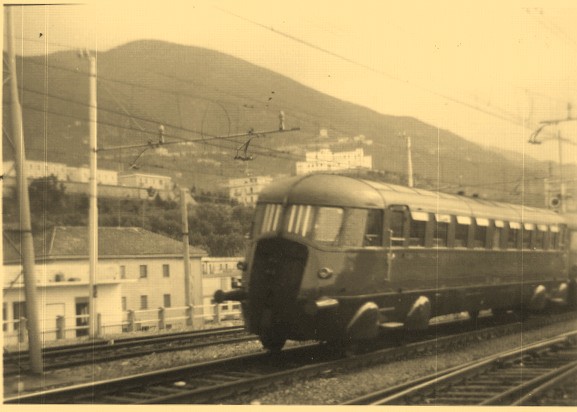
The first high speed trains; Courtesy of Antonino Taverna
The success of its high-speed trains
Where Italy has excelled is with its high-speed railway network. To those of us who have spent any substantive amount of time here, this comes as no surprise. When I first came to the country as a Classics major studying abroad (yes, I was not one of those cool Americans traipsing through Florence, I was a capital-N nerd), I remained in awe of the Frecce system for the entirety of my four months in Rome. I took the train to Milan when my parents came for spring break, luxuriously riding in business class and fashioning imagined storylines for all the well-dressed men that sat in our compartment. Nothing seemed more glamorous—and so decidedly un-American—than taking the train from Florence to meet a friend in Venice for the day. I spent almost as much time on the train that day as I did in Venice, and nothing could have felt more sacred. To experience Italy by train seemed, in fact, the only proper way to do it.
In fact, it is one of the only countries, if not the only in the world, to have not one but two high-speed rail operators competing for the network. The Alta Velocità network’s first line was opened in part in 1977, connecting Rome and Florence, the first high-speed line in all of Europe. By December 2009, high-speed track connected many of the country’s most important cities, from Turin and Milan in the North to Bologna, Florence, Rome, Naples and Salerno in the center and South, “changing the lifestyle of millions of Italians and the history of the country,” per Trenitalia.
But while Trenitalia’s high-speed trains go as far south as Reggio di Calabria and Lecce and as far north as Bolzano and Bardonecchia, the lines rarely directly connect Eastern and Western cities. To use a high-speed train to get from Rome to Pescara in Abruzzo, directly across the way from each other geographically, one would have to travel to Bologna and take the train back down to Pescara on the other route. The inconvenience is clear.
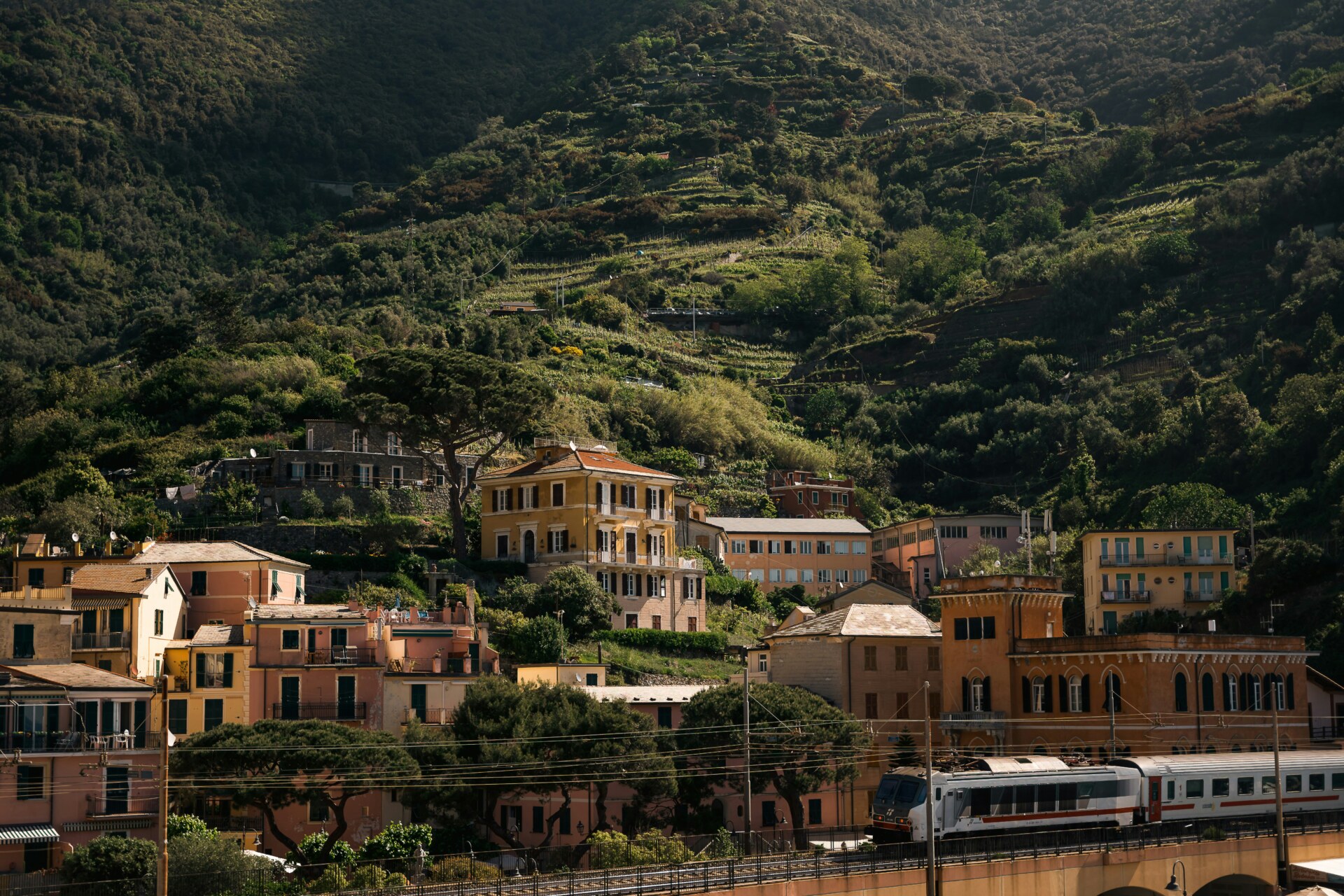
Developing Italy’s railway network had inherent challenges baked into its premise, Coppola said, or rather its topography. The country has one of the most expensive railway systems in Europe, largely because of its varied and mountainous landscape, which makes the construction cost of high-speed track roughly more than three times that of Spain and two times that of France. (A 2018 report from the European Court of Auditors puts the cost of the Milan-to-Venice line at 43.4 euro per kilometer, Madrid to Galicia was at 13.7 euro per kilometer, and a line connecting the French cities of Baudrecourt and Strasbourg 20.1 euro per kilometer.)
But the initial investment paid off in commuter convenience, Coppola said. In the future, he added, there may even be a third, foreign-run, high-speed train operator in the country, adding more economic competition to the market.
“It has changed the pattern of mobility of people in Italy,” he said. “Nowadays, we have commuters between cities every day, so there are people living in Bologna and working in Milan or those living in Naples and working in Rome, commuting every day.”
Italy’s infrastructure future
We may see these commuter patterns become ever more simplified as Italy’s infrastructure continues to expand. In this arena is Italy’s Piano Nazionale di Ripresa e Resilienza, otherwise known as the National Plan for Recovery and Resilience, which bears a list of domestic projects with a fast-approaching deadline of 2026. The funds come in large part from the European Union’s NextGenerationEU, a roughly 806.9 billion euro recovery package in the wake of the pandemic. Of the total 225 billion euro cost of Italy’s PNRR, roughly 86.4%—or 194.4 billion euro—can be traced to EU funds. When it comes to transport infrastructure, this represents an investment of more than 23 billion euro, including high-speed connections between Naples and Bari and Palermo and Catania (3.85 billion euro) as well as diagonal links between Rome and Pescara and Orte and Falconara, at roughly 888 million euro, for example.
“This is a huge investment with a short long-term vision,” Coppola said. “This is very much focused on a number of projects spread over the territory, but it’s also due to the fact that the resources assigned to that plan had to be spent and accounted for by 2026, so it funded investments that were already ongoing just to complete them and spend all the available money by then.”
In general, Coppola said, it’s a common misconception that the EU can in large part fund domestic infrastructure. The EU-run transit fund, Connecting Europe Facility, prioritizes sustainability in its investments but makes up a small percentage of the country’s total spending on infrastructure. What the EU will contribute toward is cross-border projects, like the railway tunnel between Lyon and Turin or the Brenner Pass that links Innsbruck and Fortezza, or areas identified as under-developed, such as regions of Southern Italy. EU funds were instrumental, for example, in the revitalization of Naples’ center, leading to investments of almost 111 million euros in the city’s port and more than 430 million euros to the expansion of the city’s metro, which Coppola called a great success.
Still, in recent years, dwindling funding has had an impact on local infrastructure, like that of regions and cities. From 2008 to 2017, capital expenditures for public administrations in Italy decreased from 61.7 billion to 31.3 billion euros, according to a report by the Istituto Affari Internazionali. The public perception of Italy’s local infrastructure also took a major hit in 2018, when Genoa’s Morandi Bridge collapsed, killing 43 people and destroying the homes of roughly 600 others. When the bridge was opened in 1967, it was considered one of the longest concrete bridges in the world, according to The Guardian. That incident did lead to a major change in the management of Italy’s highway system when Autostrade per l’Italia shifted controlling ownership from private holders to the state.
Perhaps the next infrastructure challenges Italy will have to tackle are two-fold: swelling numbers of people coming thanks to tourism and climate change. Like much of Europe, Italy hit record-setting temperatures last summer—there were days when the heat was so intense that leaving the house didn’t seem like an option. (If you did, you certainly weren’t going out for anything other than a granita to cool down.) At the same time, hordes of tourists surrounded the historic centers of our most famous cities. Rome’s historic Via del Corso gave way to masses of people, despite its relatively wide berth, and buses in the summer were a mess of sweat and crowds. The country was set to reach a record number of 68 million tourists last year, roughly three million more than the last record in 2019. At the same time, the Mediterranean is expected to suffer from climate change disproportionately to other parts of the world, with roughly 20% higher warming than the global average. In Italy, that could mean an increase in average surface temperature of up to 2℃ between 2021 and 2050 relative to 1981 to 2010.
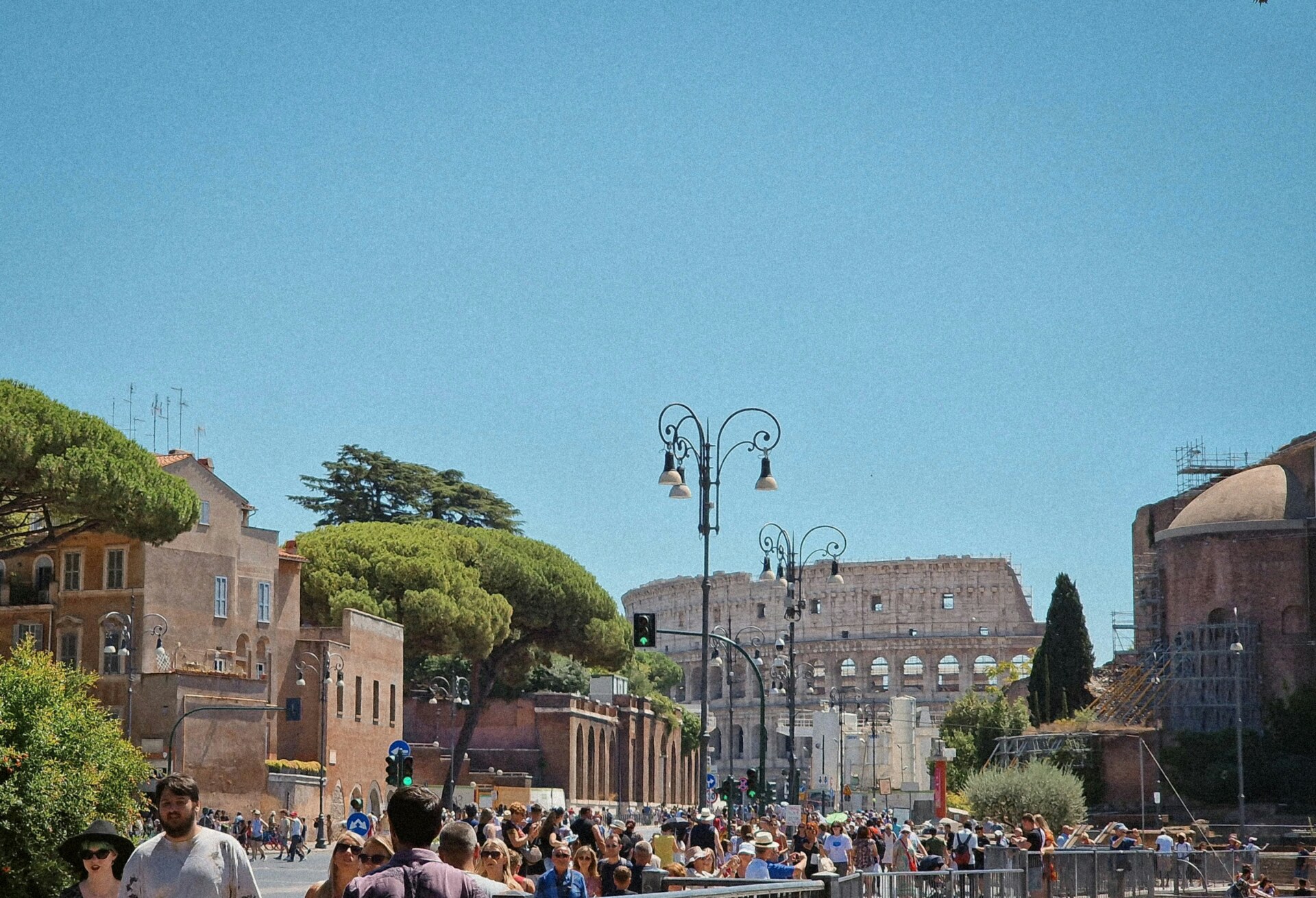
On tourism, Papa sees some potential progress being made, pointing to the new airport opening in July near Salerno serving the Amalfi Coast and the fact that both the Salerno and Naples airports will be managed by the same company until at least 2045. While Italians may be in disbelief about the validity of this plan, prime minister Giorgia Meloni’s government has pledged to make a reality the bridge along the Straits of Messina linking Sicily and Calabria.
Per climate, on the other hand, Papa wonders if more could be done.
“There are some aspects that I think are totally underestimated when it comes to sustainability and environmental sustainability,” she said. “At the moment, I don’t think there is a real plan to mitigate those impacts.”
Coppola sees the issue differently, as something that shouldn’t be rushed into, at least when it comes to the adjustment from engine-powered to electric vehicles.
“Our government is seeking a more gradual transition towards electrification in order to allow the internal market to adapt and also the population to adapt,” he said. “For a citizen that has recently bought a diesel car, what is he or she supposed to do? The impact of the transition, societal and economic, should be taken into account very carefully.”
What makes Italy such an enigma is its ability to both never change and never stay the same. Rome is called the “Eternal City” for a reason. But when we think of how the Frecce system has transformed the country, we see that the past doesn’t have to become the future.
